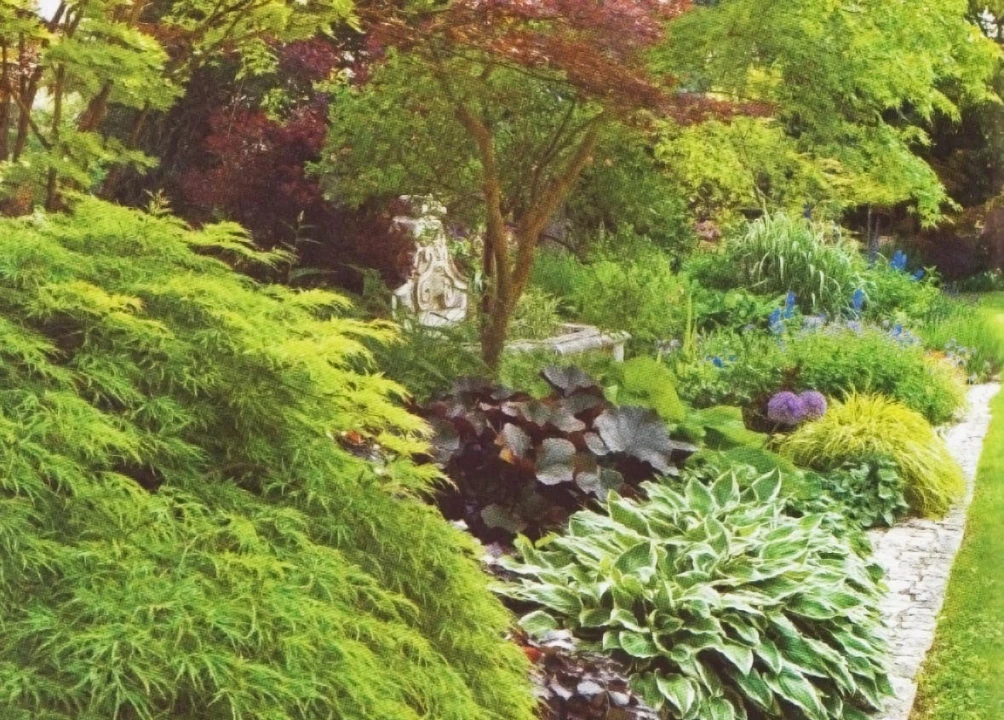The Sista Garden is located on the outskirts of L'Aquila, 750 meters above sea level, surrounded by mountains and overlooking the valley of the Aterno. It was built in the 60's thanks to Gianfranco Sista, who wanted a wild-looking garden as had been sown by the wind, in a completely natural way.
The entrance, a wooden gate covered by Virginia creeper (Parthenocissus tricuspidata), leads to the formal part of the garden that is home to the lush flowery borders planted with specimens of English Delphinium spp. Lupine (Lupinus spp.), Phlox spp, echinacea, sage and geranium.
The owner, a great lover of antiques and bricolage, over time has enriched his garden with fine furnishings such as a fountain in neoclassical style in the early twentieth century where water lilies grow and a XVIII century stone well recovered during the restoration of an old house. Flint was chosen for the flooring of wide paths, an ancient stone very common in the streets of the city, and to make it more interesting it was embellished with grass inlays in the form of geometric figures. Nearby you can go hiking in the woods of beech trees of Cornino, the Paradise Valley on the Gran Sasso massif and the forests of Mount Sirente.
Plants
Inside the garden you can admire 1500 roses of 150 different varieties, a thousand herbaceous perennials, about 60 varieties of Clematis, 20 Oriental poppies (Papaver orientale) and hydrangea (Hydrangea spp). The wooded area is established with the aim of having winter all year round with foliage of different colors; this is how the tree collection was born, ranging from the gray of the silver fir (Picea pungens var. glauca kosteriana) to the yellow of the Maple negundo var. odessanum and Acacia frize; from the dark brown of the beech (Fagus sylvatica var. purpurea pendula) to the green with yellow spots of the libocedro (Libocedrus decurrens); from the bright green and the red coral of some Maple palmatum var. dissectum to the purple-pink-red of the tricolor beech (Fagus sylvatica var. tricolor).




